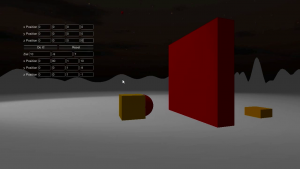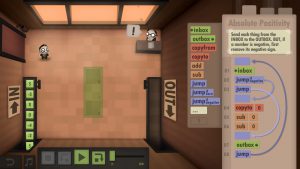Preparing a community event for a small Minecraft server
During my ongoing literature review I often discover interesting facts about things I’ve never thought about. Sometimes I can connect these facts with my own observations: The result is mostly a completely new idea why things are as they are. Maybe these ideas are new to you, too. Therefore I’ll share my new science based knowledge with you!
This week: This time, I think about initial challenges of introducing a server wide community event.
Recently, I came up with an idea for a community event on a small Minecraft server. As the event has not yet started, I can not analyze its outcomes, but I like to start discussing a few of the challenges I encountered during the initial preparation phase.
Spreading the news. In order to have its full effect, the existence of a community event must be propagated to the current server’s population to raise their awareness. However, as such a gamified event should be fully integrated in the setting of the game, it is also important that the information are spread in a subliminal way. Therefore, the potentially best way would be to allow the server’s members to accidentially get in contact with elements of the community event that will ultimately provide them with a lead that an event is about to begin.
For this purpose, as the server is also used as a stage for video creation, I decided to introduce the community event in one of my videos. During the video, I will encounter the first signs of a server wide conspiracy which will become more and more prevalent as time progresses. This will be achieved by providing new indications of such a conspiracy at frequently visited locations on the server to give each member the chance of learning about the upcoming event.
Timing. Also, the timing of the initial steps of a community event is critical. The story should not progress too fast as this might result in the fact that some players might miss out on important steps. On the other hand, the time between two steps should not be too long as this might result in the problem that players do not see a connection between the individual steps. Therefore, more signs indicating an upcoming event will be released shortly after the initial video goes live and, after a few days have passed, more signs will follow to complete the community event’s introduction.
Inviting and involving all the members. Finally, it is important to invite everyone on the server to take part in the event. Therefore, some key players of the server will encounter individual intermediate events that will personally involve them in the event’s narration. The idea behind is that the members will start to discuss what happened to them, thus spreading the news about the upcoming event. Hence, it is also necessary to monitor the communication in order to adjust the story’s progression accordingly.
The first strike. Eventually, after the initial introduction is completed, the community event will begin with the first major event that will put all initial signs into perspective and allow the players to draw initial conclusions.
This article is the first part of the analysis of such an event which will be continued as the event progresses.



